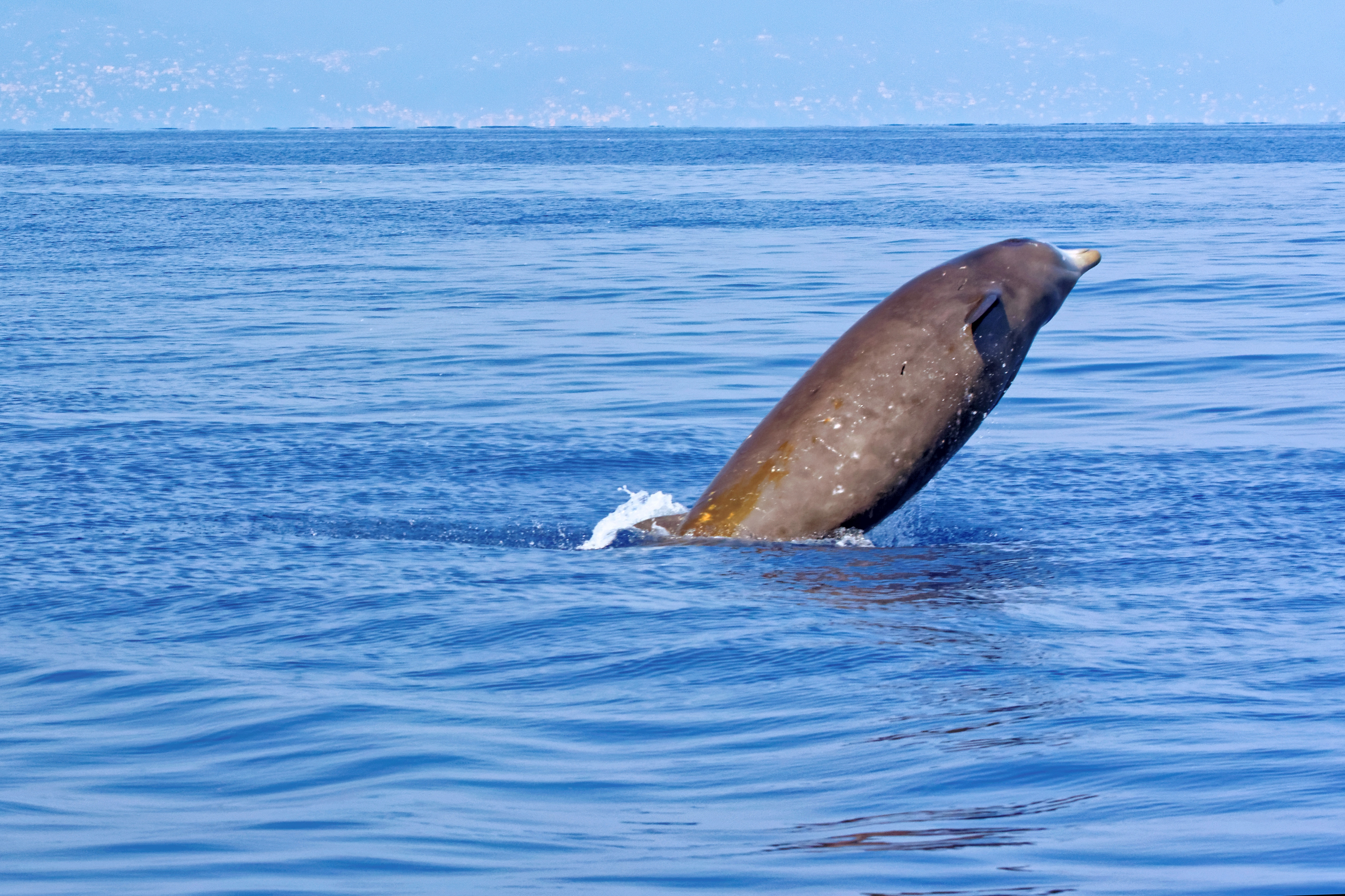
SCIENTISTS are investigating why almost 40 whales have washed up on the Scottish coast in recent weeks.
More animals have been found dead in the past four weeks than in the last ten years combined.
Since the beginning of August, 37 Cuvier’s beaked whales have been found stranded in Scotland, and 14 on the western seaboard of Ireland and Northern Ireland.
In comparison, over the last 25 years, an average of 3.2 whales per year are stranded.
The Scottish Marine Animal Stranding Scheme (SMASS) said the numbers were “really unusual”, adding: “All of these carcasses stranding in Scotland were in advanced state of autolysis, and had been at sea for many days.
“Consequently, it has not been possible to derive much pathological information from these cases.”
READ MORE: All you need to know about Scotland’s resident Orca pod
Cuvier’s beaked whales are native to both British and Irish seas where they occur in deep waters, typically greater than 50 km offshore.
The mammals are among of the most sensitive species to acoustic disturbance, and mass strandings in the Atlantic and Pacific Oceans and Mediterranean Sea have in the past been linked to exercises using military sonar.
Beaked whales, like many cetaceans, “see” the world through sound, so excessive underwater noise can have potentially disastrous effects on their physiology and behaviour. Loud noise can render the animals deaf, or lead to the equivalent of the bends.
SMASS added: “Unfortunately, many of the pathological indicators left by excessive exposure to underwater noise are rapidly lost after death, so in most of these cases we won’t have much to go on based on examination of the carcasses alone.
“As a result we are hoping to work with some clever oceanographers who could potentially work out where these animals died through analysis of wind and tidal patterns.”

Enjoy the convenience of having The Sunday Post delivered as a digital ePaper straight to your smartphone, tablet or computer.
Subscribe for only £5.49 a month and enjoy all the benefits of the printed paper as a digital replica.
Subscribe